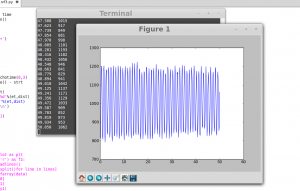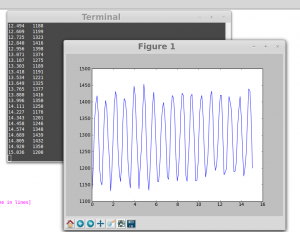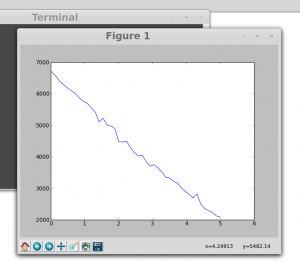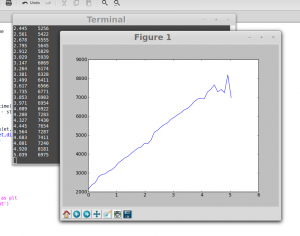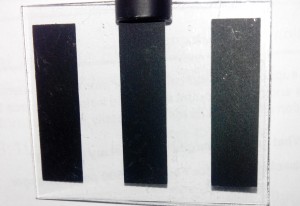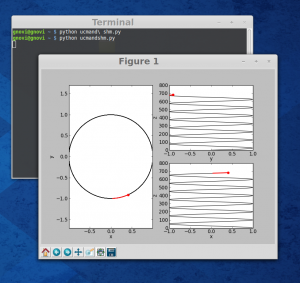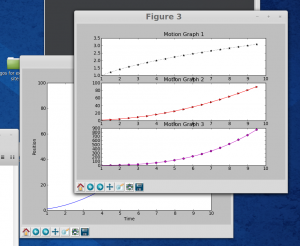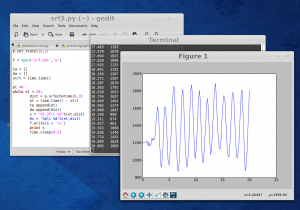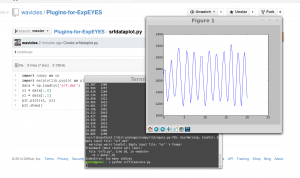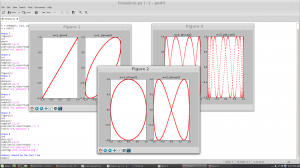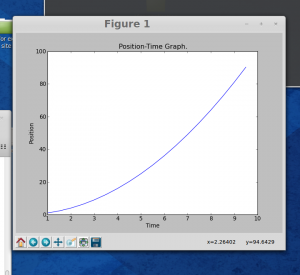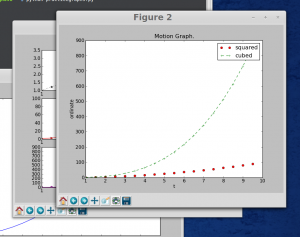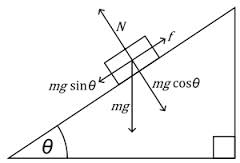Continued working on the experiments. Here are the screen shots of the experiment with spring oscillations..
This is the experimental setup…
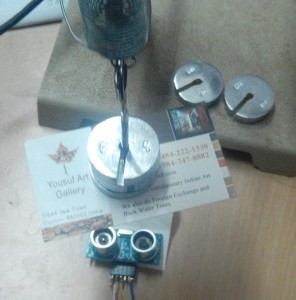
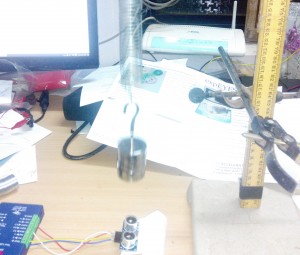
Plots obtained are good. Now we need to write python code to fit the curve and get the frequency.
Form the frequency and the load attached to the spiral spring, its Force constant or Spring constant can be determined.
One more positive development that has happened is…now we are able to access ExpEYES with android phone or tablets….Thanks to Jitin B.P. for this application.
I could connect ExpEYES to my Micromax Canvas 4 Phone…the screen shots shows sine waves and squarewaves connected to different channels….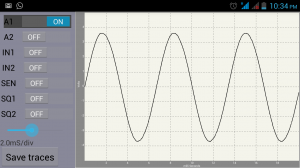
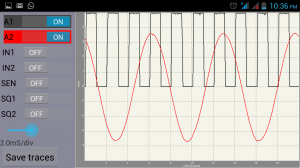
I have also added some simple python programs required for time measurements and plots to git repo.

